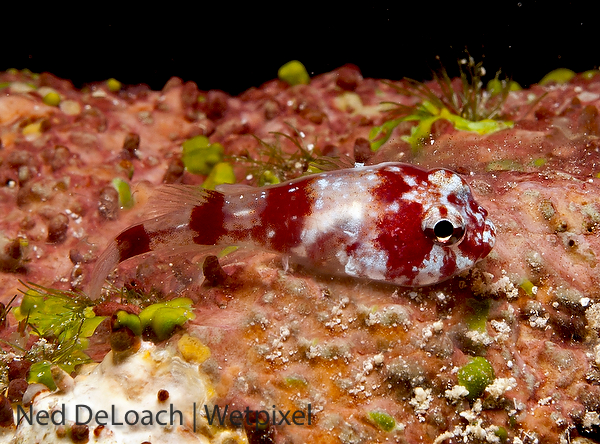The Blennywatcher Diary: September 2013
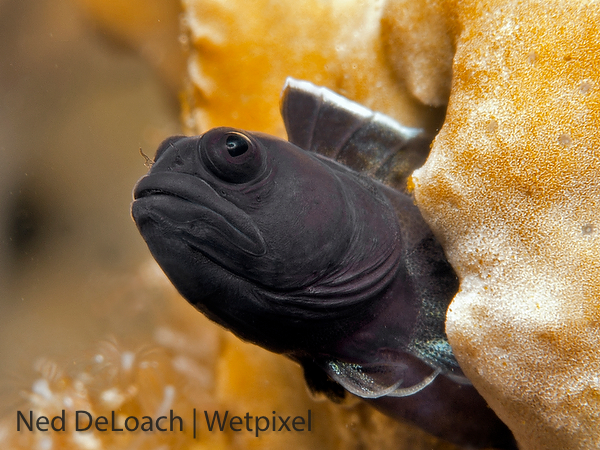
Spawning worms, clingfish and new blennies for our life lists - we are at the midpoint of our five-week stay in Bonaire as the resident naturalists at Buddy Dive Resort and it has been a month of “firsts” for us. Our trip usually spans one of Bonaire’s coral spawning cycles, which can occur after the full moons of August, September and October. In addition to corals, many other invertebrates spawn during these periods and one, the Christmas Tree Worm, has eluded me for many years.

Spirobranchus giganteus creates a tube home in corals - all we see are the two spiraled, feathery crowns that serve as both respiratory and feeding structures. Microscopic cilia transport food down the spirals to the worm’s mouth but during spawning, the cilia transport the gametes in the opposite direction, back up the spirals, where the current carries them away. It is slow and beautiful.
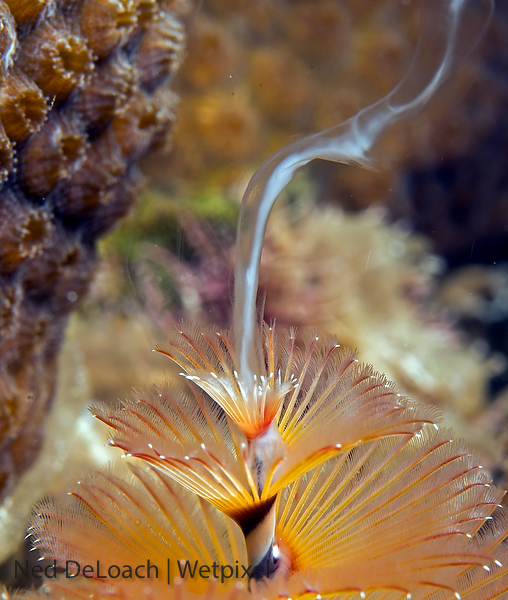
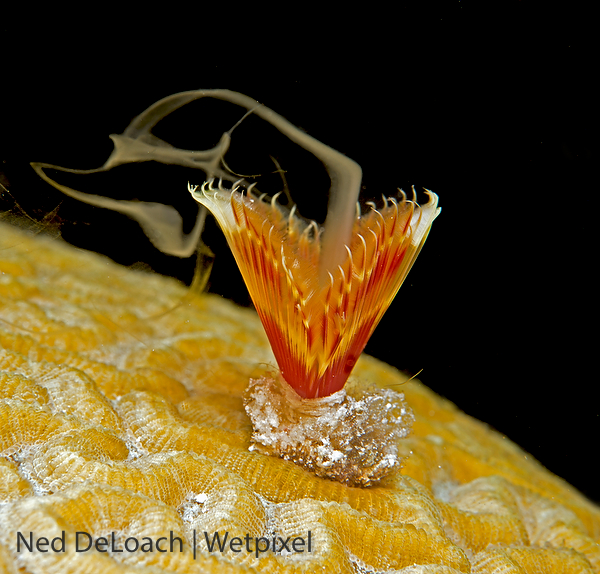
Ned and several friends have seen Christmas Tree Worms spawn on many different days and at times ranging from 10 o’clock in the morning to midnight but I have never managed to be in the right place at the right time until now. In late August, at 9:30 p.m., on our way back to shore after watching Giant Star corals spawn, we were stopped by the spectacle of spawning feather duster worms and off to the side of the coral head, spawning male and female Christmas Tree Worms! Finally, the spell has been broken.
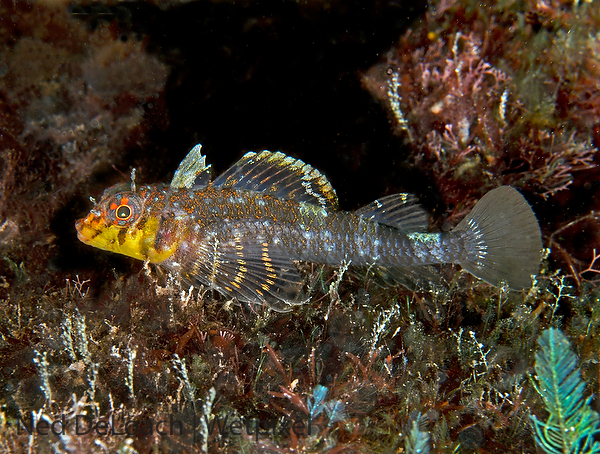
Ned and Paul consider their series of marine life identification books a work in progress. They are always on the hunt for images of additional species or to improve upon the ones already in the books. Bonaire is our last opportunity to take photos for the next edition of the Caribbean volume of Reef Fish Identification, so we decided to concentrate on shoreline fishes, with an emphasis on blennies, which because I had a hand in it, became the Bonaire Blenny Challenge. Susan Porter, author of Bonaire Shore Diving Made Easy, has been our guide and companion for much of the hunt and we’ve received helpful tips from other local photographers and fishwatchers, which goes back to what we believe: there is no substitute for local knowledge. We were delighted to find a Two-bar Triplefin, a fish with special meaning to us, decked out in spectacular courting colors. It got our attention because instead of immediately bolting out of sight, it remained site-attached, jumping in and out from under a small crevice to attract a female. The results of our first three weeks of blenny hunting are chronicled in our blog at Blennywatcher.com.
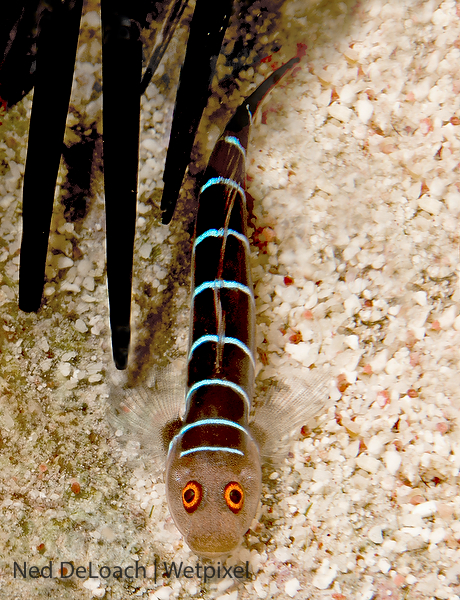
Diving in the surf zone for blennies yielded some rare and new sightings of other fishes. Ninelined Gobies, Ginsburgellus novemlineatus, live under rock-boring urchins in extremely shallow, surgey water. They are always a treat to find and it was worth spending two hours tossed around in the waves to see these tiny fish.
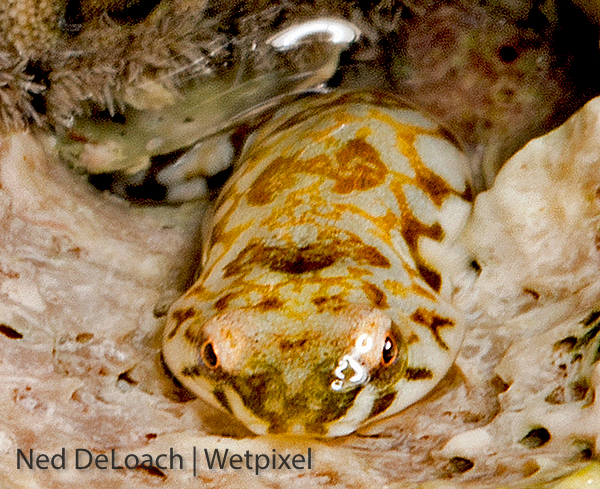
Susan provided an unexpected bonus when she showed us a half-inch Banded, a.k.a., Hourglass Clingfish. The ventral fins of clingfishes have evolved to form a suction disk that enables them to hang onto rough surfaces of rocky shorelines with incredible sticking power. The secret according to a recent study of the adhesive force of clingfish disks, are microscopic hairs that rim the suction disk. We leave you with an image of a Red Clingfish, taken on Bonaire two years ago. Later this week we’ll be hunting for a beautiful blue-spotted variation of this fish, which has been reported from the south end of the island. ~ Anna & Ned DeLoach
